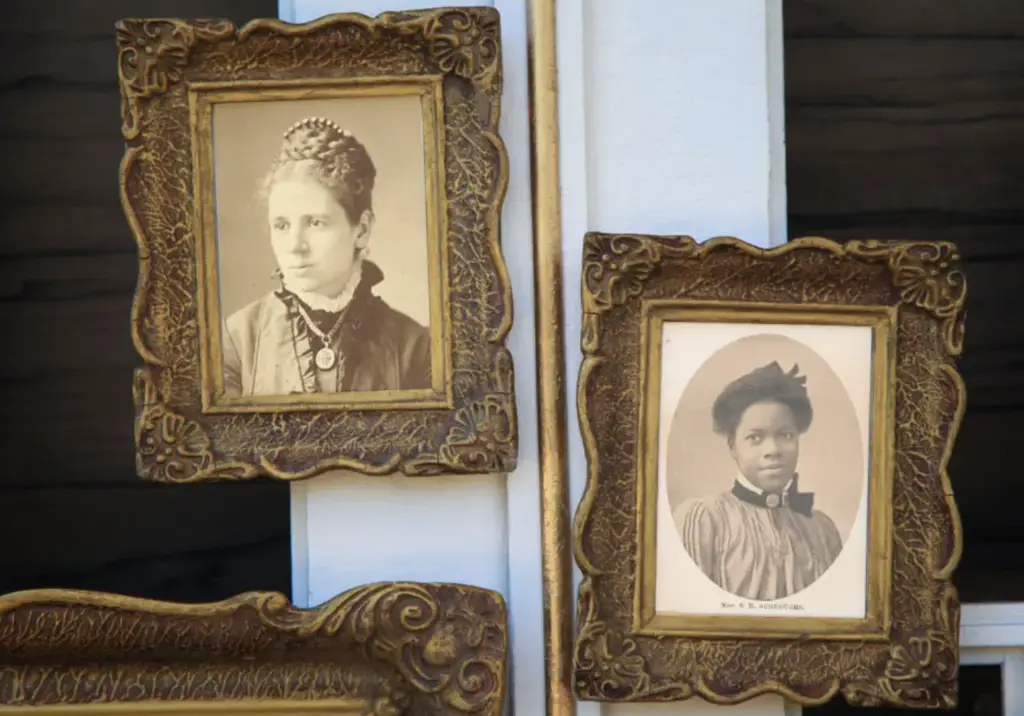Editor’s note: Sunday (Feb. 6) is George Liele Church Planting, Evangelism and Missions Sunday in the Southern Baptist Convention – a day set aside to celebrate the work and leadership of Black and African American missionaries.
In 1897, Annie Armstrong, recording secretary of the Woman’s Missionary Union (WMU), met with Nannie Helen Burroughs, an up-and-coming leader in the National Baptist Convention (NBC). Annie was an integral part of WMU’s beginning and is remembered as one of the most successful and influential leaders in Baptist history. Nannie and other NBC leaders hoped to establish a women’s auxiliary similar to WMU within their convention and were seeking advice from WMU’s brilliant innovator.
By the time Nannie and the NBC leaders met with Annie, Annie’s tenure at WMU was well underway – she was leading the organization in providing missions education to hundreds of churches and supporting missionaries all around the world. During this meeting, the group created a development plan, and three years later the Women’s Convention (WC) of the NBC was established.
What the meeting also did was form a friendship between these two women. While today this seems unremarkable, in 1897 it was exceptional. At the turn of the century, the Civil War was recent history. Racism and other forms of discrimination were the norm, and women did not yet have the right to vote. Annie was white, and Nannie was Black, and the conventions they represented were segregated. Annie was almost 50 and nearing the end of her public ministry. Nannie was a mere 20 years old and just beginning to step into the remarkable plans God had for her life. Despite all these differences, they shared a desire that overshadowed their many differences: to equip women for ministry and to see the Gospel transform the world. This desire drew them together and ushered in a friendship that would defy societal norms.
The foundation for this friendship had been laid years before. Before she was called to lead WMU, Annie was actively involved in her community. Always one to cross barriers, she formed one of the first interracial home mission societies, a partnership between both Black and white Baltimore churches. She was confident the most effective way to impact the community was by working together.
For Nannie, interracial cooperation was personal. The child of former slaves, she understood firsthand the sting of injustice. From an early age, Nannie dreamed of opening a school for African American women. Through her tenacity and perseverance, that dream became a reality when she opened The National Training School for Women and Girls in 1909. Nannie made it her life mission to fight for African American women’s rights, a mission rooted in her experience with racism and sexism.
Built on similar passions, the unlikely bond between Annie and Nannie grew, planting seeds of reconciliation and partnership. Through their efforts, WMU and the WC worked together to financially support African American female missionaries. Annie spoke multiple times at WC meetings, and Nannie at WMU meetings. Through God’s work in these two leaders, white and Black women came together to worship in a time when legally they could not even use the same restroom.
In 1933, Nannie gave a speech titled “How White and Colored Women can Cooperate in Building a Christian Civilization,” in which she declared: “If the two races in the South ever join hands to wipe out ignorance, to remove misunderstanding, to glorify the things of the Spirit, we will discover new and powerful leaders and will build here a civilization that will be Christian to the core.”
This article was written by Selah Ulmer, a freelance writer in Cedar Rapids, Iowa. Another version of this article originally appeared in Missions Mosaic. It was published on baptistpress.com.

